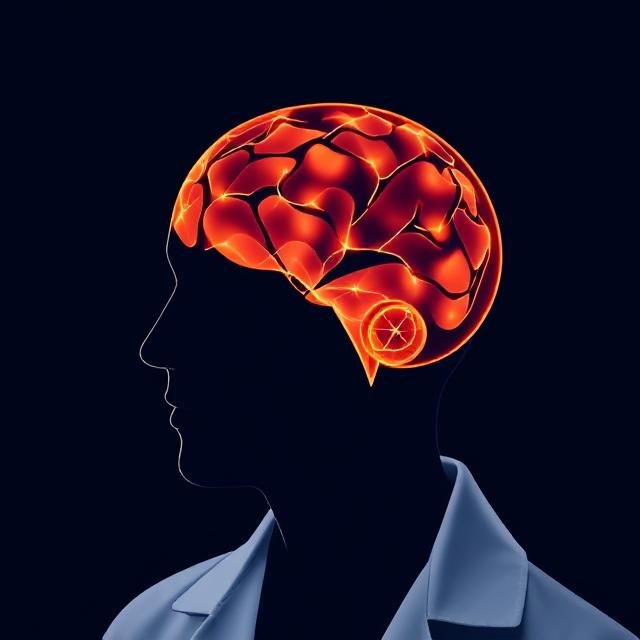Introduction
In a world increasingly aware of mental health, clinical psychology plays a vital role in diagnosing, treating, and researching psychological disorders. It combines rigorous science with compassionate care, addressing everything from anxiety and depression to complex trauma. As new technologies and cultural shifts reshape therapy, clinical psychology continues to expand its reach and impact.
History of Clinical Psychology
Early Foundations
Clinical psychology’s origins trace back to late 19th-century experimental psychology. Wilhelm Wundt’s psychological laboratory in Leipzig (1879) launched psychology as a science. Meanwhile, Sigmund Freud’s psychoanalysis introduced talk therapy as a means to treat mental illness (Rieber, 2012).
20th Century Growth
World Wars I and II were pivotal, sparking an urgent need for assessment and treatment of soldiers suffering from shell shock (now known as PTSD). In 1896, Lightner Witmer founded the first psychological clinic in the U.S. at the University of Pennsylvania, coining the term clinical psychology (Benjamin, 2005).
By the mid-20th century, behaviorism and psychoanalysis were dominant forces, while the publication of the first DSM in 1952 standardized psychiatric diagnoses (American Psychiatric Association, 2013).
Modern Developments
From the 1960s onward, cognitive-behavioral therapy (CBT) emerged, revolutionizing treatment with evidence-based techniques. Recent decades have brought:
- Neuroimaging and neuroscience integration
- Third-wave therapies (e.g., Acceptance and Commitment Therapy, Mindfulness-Based Cognitive Therapy)
- Greater emphasis on cultural competence and diversity in practice (Norcross & Wampold, 2019)
Major Approaches in Clinical Psychology
Psychoanalytic and Psychodynamic Therapy
Psychoanalytic approaches focus on unconscious processes and early life experiences. Though less dominant today, psychodynamic therapy remains valuable for deep, insight-oriented work (Shedler, 2010).
Behavioral and Cognitive Approaches
Behavioral therapy focuses on modifying observable behaviors. Cognitive therapy, pioneered by Aaron Beck, targets distorted thought patterns. CBT integrates both, offering structured, short-term treatment with strong empirical support (Beck Institute, 2024).
Humanistic and Integrative Therapies
Humanistic therapy emphasizes personal growth, self-actualization, and empathy. Carl Rogers’ person-centered therapy is a cornerstone. Many modern clinicians use integrative models, blending methods to suit individual client needs (Norcross & Goldfried, 2005).
Third-Wave and Neuroscientific Perspectives
Recent developments include:
- Acceptance and Commitment Therapy (ACT): Emphasizes psychological flexibility rather than symptom elimination.
- Mindfulness-Based Interventions: Draw from Eastern practices to reduce rumination and stress.
- Neuroscience Integration: Neuroimaging helps personalize treatments based on brain activity patterns (American Psychological Association, 2023).
Careers in Clinical Psychology
Educational Pathways
Becoming a clinical psychologist usually requires:
- A Ph.D. or Psy.D. in clinical psychology
- State licensure, involving supervised practice and exams
- Continuing education to maintain credentials
Roles and Work Settings
Clinical psychologists work in:
- Hospitals
- Private practice
- Community mental health centers
- Universities
- Forensic settings
- Research institutions
They may provide psychotherapy, conduct assessments, consult with other professionals, or contribute to academic research.
Emerging Career Trends
Recent trends reshaping the profession include:
- Telepsychology: Demand surged during COVID-19 and remains high.
- Cultural Competency: Growing emphasis on serving diverse populations.
- Integration with Primary Care: Psychologists increasingly collaborate in medical settings.
- Technology and AI: Tools for assessment, data analysis, and digital interventions are transforming practice (APA, 2023).













